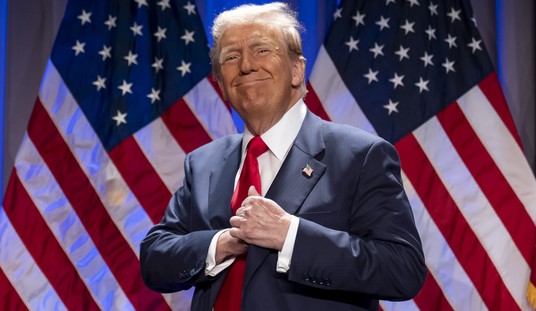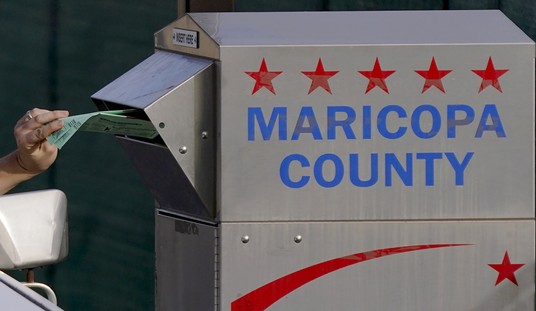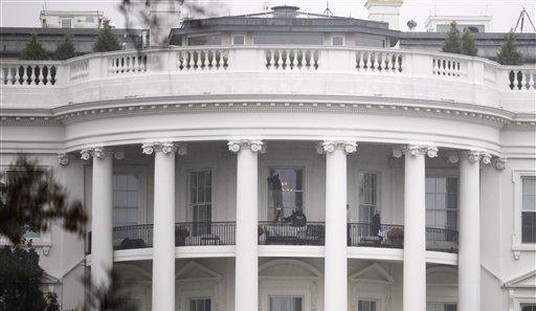 The biggest unknown following the resignation of Pakistani President Pervez Musharraf is who will replace him. One school of thought holds that the opposition coalition composed of Asif Ali Zardari and Nawaz Sharif will break up after the joint goal of driving Musharraf from power is achieved. In the words of the Economist, “the danger is that, once Mr Musharraf has gone and it has no common hatred to unite its disparate parts, it descends into feuding and paralysis”
The biggest unknown following the resignation of Pakistani President Pervez Musharraf is who will replace him. One school of thought holds that the opposition coalition composed of Asif Ali Zardari and Nawaz Sharif will break up after the joint goal of driving Musharraf from power is achieved. In the words of the Economist, “the danger is that, once Mr Musharraf has gone and it has no common hatred to unite its disparate parts, it descends into feuding and paralysis”
Yet another line of thinking is that the next President of Pakistan — in reality if not in name — won’t be a person or even a party, but an institution: the Pakistani military. A prolonged period of squabbling and paralysis would give the Generals an excuse to “save” the nation from its two most pressing problems: radical Islamism and a collapsing economy. An editorial by the Times Online gives an example of just how deeply the opposition disagrees on almost everything except Musharraf’s departure. Mostly, they disagree about the division of the spoils.
His departure, however, marks only the start of a further round of infighting in a country that has appeared almost incapable of running a stable, responsible democracy. Opposition to Mr Musharraf was almost the only point of agreement between Mr Sharif and Asif Zardari, Benazir Bhutto’s widower who now heads the PPP. Their differences are not only ideological; each represents Pakistan’s two main provinces that are historic rivals for power, money and prestige: Punjab, where Mr Sharif has his stronghold, and Sindh, where the Bhuttos have exercised quasi-feudal sovereignty. Their mutual animosity is intense, and within weeks of forming a coalition, they fell out over how the 60 judges dismissed by Mr Musharraf should be returned to office.
In the meantime, Pakistan’s economy is falling to pieces. “With inflation running at 25 per cent, the economy is a shambles. Investors are fleeing Pakistan, and the rupee has fallen to a record low against the dollar. Separatists, Islamists and extremists are gaining ground in the restless border areas, and Islamabad now seems incapable of imposing its authority. ”
The difficulty in predicting what or who would follow Musharraf is rooted in the nature of Pakistan itself. A thumbnail sketch of the governmental history of Pakistan provides a baseline for the normal. “From 1947 to 1958 as many as seven Prime Ministers of Pakistan either resigned or were ousted. This political instability paved the way for Pakistan’s first military take over. On October 7th 1958 Pakistan’s civilian and first President Iskander Mirza in collaboration with General Mohammad Ayub Khan abrogated Pakistan’s constitution and declared Martial Law. General Ayub Khan was the president from 1958 to 1969, and General Yahya Khan from 1969 to 1971, with Zulfikar Ali Bhutto as the first civilian martial law administrator … but he was deposed by General Zia-Ul-Haq. General Zia was killed in a plane crash in 1988, after which Benazir Bhutto, daughter of Zulfikar Ali Bhutto, was elected as the Prime Minister of Pakistan. ” The eastern part of the country, now known as Bangladesh, declared independence in 1971. If the Northwest Frontier Provinces, which are notoriously hard to administer, shows signs of ignoring Islamabad, it would not be surprising.
Under these circumstances, any policy towards Pakistan will be partly contingent. The West will simply have to see what turns up and make such arrangements with whoever emerges as it can.










Join the conversation as a VIP Member